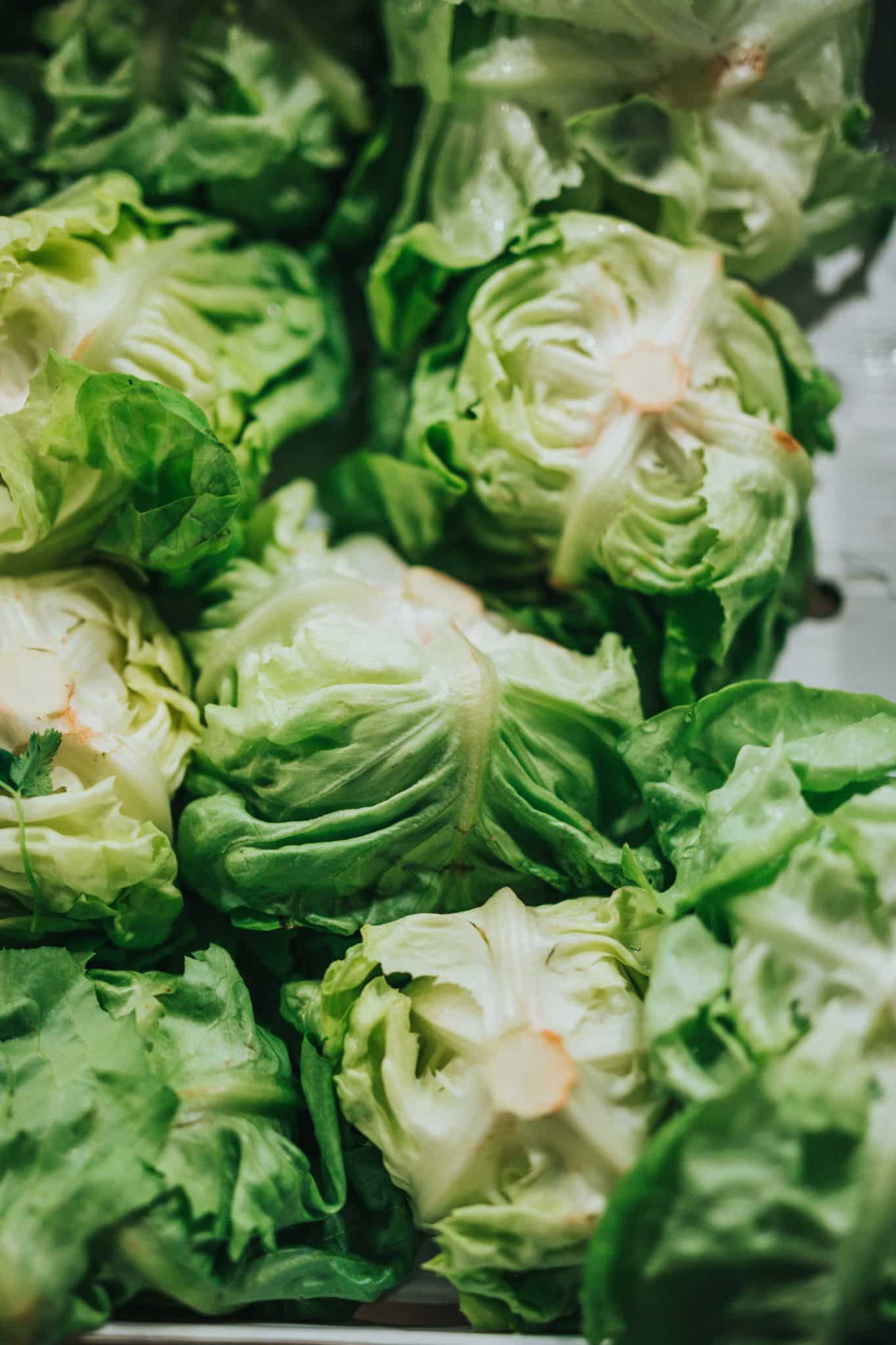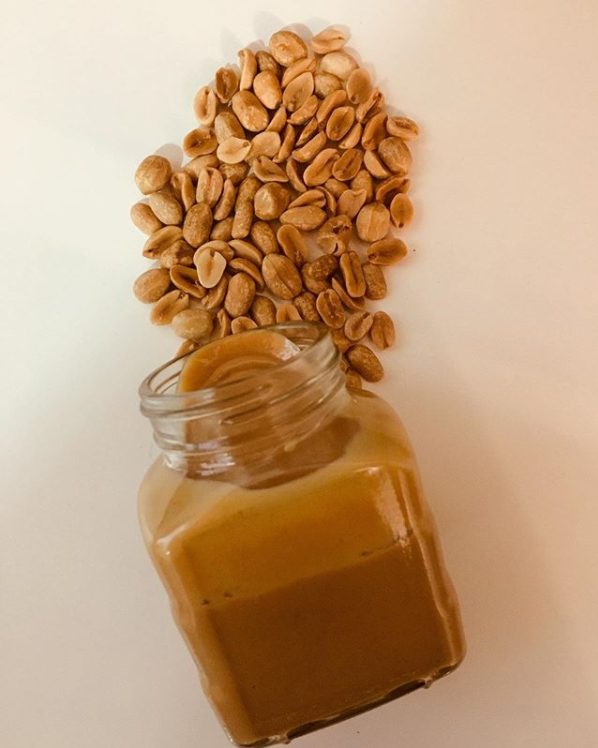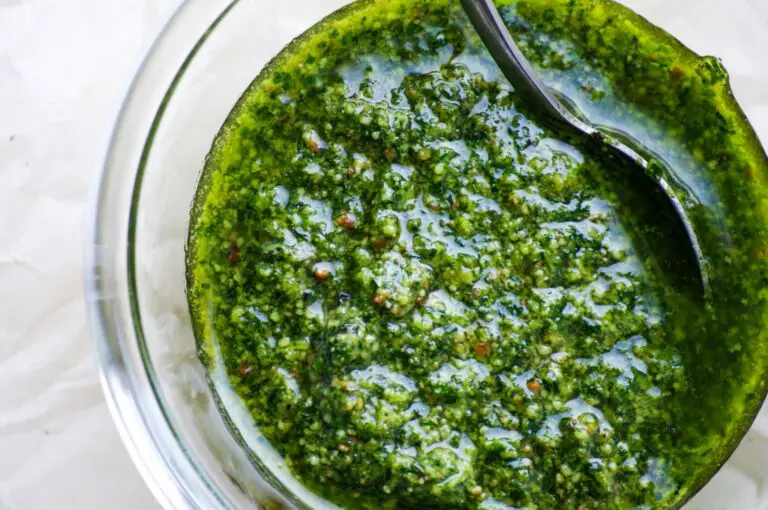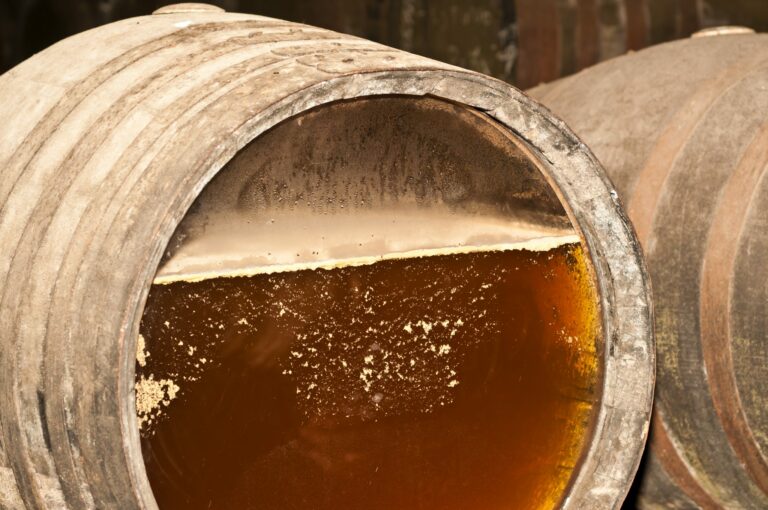Leaf Lettuce
Leaf lettuces such as butterhead and romaine have a short lifespan due to the delicate leaves and the vast surface area on which the rotting process can take hold. A leafy lettuce can be expected to last up to around five days in the refrigerator. You don’t have long to eat this lettuce!
Crisphead
Crispheads are a little hardier than their leafy cousins. Due to being tight-packed, there’s less opportunity for moisture to take hold in the vegetable and initiate the rot. Iceberg lettuce will survive for around a week to ten days in the fridge, under the right conditions.
Celtuce (Chinese Lettuce)
If you frequent the Asian supermarkets or food stalls in Chinatown, you might come across lettuce in a third form. Celtuce, also known as Chinese lettuce, refers to a member of the lettuce family prized for its stems in Asian cuisine. Celtuce stems will last for around three days in the fridge, only buy these if you’re planning to cook up a stir fry storm!
Because there’s a lot of variation in how long lettuce can last, it’s important for you to know the telltale signs of lettuce going bad.
How To Tell If Lettuce Has Gone Bad
Because lettuces are made up of layers of leaves, it’s quite possible for the outer layers to have developed blemishes and imperfections whilst the remainder of the vegetable is in edible condition. In fact, lettuces from the farmers’ market are likely to have dirty and roughed up outer leaves to start with – only supermarket lettuces will have had these layers trimmed back.
Don’t act in haste and toss a lettuce without inspecting its various layers. Here’s what you’ll be looking out for as you give your lettuce a thorough inspection.
Color Changes
One distinctive sign that your lettuce is going bad is that the leaves are becoming discolored. As a lettuce ages, its leaves will darken from green to brown. Trim these leaves away when you’re using the lettuce as they’ll have developed an unpleasant bitter taste that can ruin any salad in seconds!
A Slimy Texture
Moisture is a key component to the mechanisms that cause rot in vegetables. As we’ll see later on, keeping your lettuce dry is essential to maintaining freshness. As these veggies age moisture will penetrate the leaves – this changes the lettuce’s texture and the leaves can become slimy to the touch.
Slimy leaves indicate that your lettuce is past its best. It may be possible to discard only the spoiled leaves, but if more than the outermost layer of your lettuce is bad in this way it is prudent to toss the whole thing.
A Smell Test
A lettuce should never give off an odor and if something’s emanating from your lettuce, I’d treat it as highly suspect! A pungent lettuce should be tossed in the trash.
Mold Spots
As with anything in your fridge, it’s possible for mold to sprout as the veggie ages. Keep an eye out for grey or brown mold blooming on your lettuce. If there’s any mold on the lettuce then I’d consider the whole veg spoiled. In this case, it’s better to play it safe.
Celtuce Gone Bad
Because Chinese lettuce stems are leafless you can’t inspect a leaf for signs of spoilage. Look out for brown spots or further discoloring on the surface of your celtuce stem. If your stem feels soft and moist or if it’s looking wrinkly and dry then this stem will spoil your stir fry – trash it.
A spoiled lettuce could leave your salad sadly dissatisfactory! Let’s look at how to store your lettuce for an optimized lifespan.
How To Store Lettuce
As your fresh lettuce has a short lifespan, it should be kept in the refrigerator to slow the process of wilting and rotting as much as possible. At room temperature a lettuce can start to spoil after just a few hours. The veg drawer in your fridge is the perfect place for your lettuce.
For vegetables with fine leaves such as lettuce, moisture is the ultimate menace. Often, store-bought lettuce has been pre-washed but poorly dried, so before you put your lettuce away you need to make sure you get as much moisture off the lettuce as possible.
If you have a salad spinner, simply tossing the leaves in there can have them dry in a flash. Otherwise you’ll need to dab at the leaves with a paper towel.
Fresh Leaf Lettuce
Because a lettuce will start to spoil from the outside in, you can prolong your lettuce’s lifespan by staying vigilant. Once rot takes hold in a lettuce leaf it can begin to spread towards the centre of the plant, but if you carefully trim away the outer leaves that are spoiling, you can keep your leafy lettuces fresh for a few extra days.
Careful maintenance of your leafy lettuce might be easier if you separate the leaves themselves. You can store these in plastic bags in the fridge, separated by paper towels to absorb excess moisture. Replacing the towels every day or two will prevent your leaves from getting damp and rotting.
Crisphead Lettuce
You won’t be able to separate the leaves of a crisphead lettuce with ease, but you can line the lettuce’s container with paper towels to soak up any excess moisture that might have seeped inside your lettuce. Once these paper towels have gotten soggy, swap them out for fresh ones. With care, you can keep an iceberg lettuce fresh for a fortnight.
Celtuce
You should separate the leaves and stems from your celtuce as keeping them combined will shorten the lifespan of the stem. Protect the stems from excess airflow by placing them in sealable plastic bags.
You can’t defend against moisture forever. If you have an excess of lettuce you might be wondering if there’s a way to preserve your lettuce for longer.
Can You Freeze It?
I wouldn’t recommend freezing lettuce leaves. When you thaw a frozen leaf it’s going to end up soggy and no good for salads – any crispness or crunch will have melted away.
However, if you’ve bought too much lettuce and you don’t want to see it go to waste, it’s possible to freeze it if you puree it first. Steam your lettuce then pop it in the blender and blitz it till it’s smooth. You can freeze this puree in batches or as individual cubes in the ice tray. Thus frozen, your lettuce can last for up to a year. Add it to your frozen puree to soups and smoothies for some green energy!]]>







